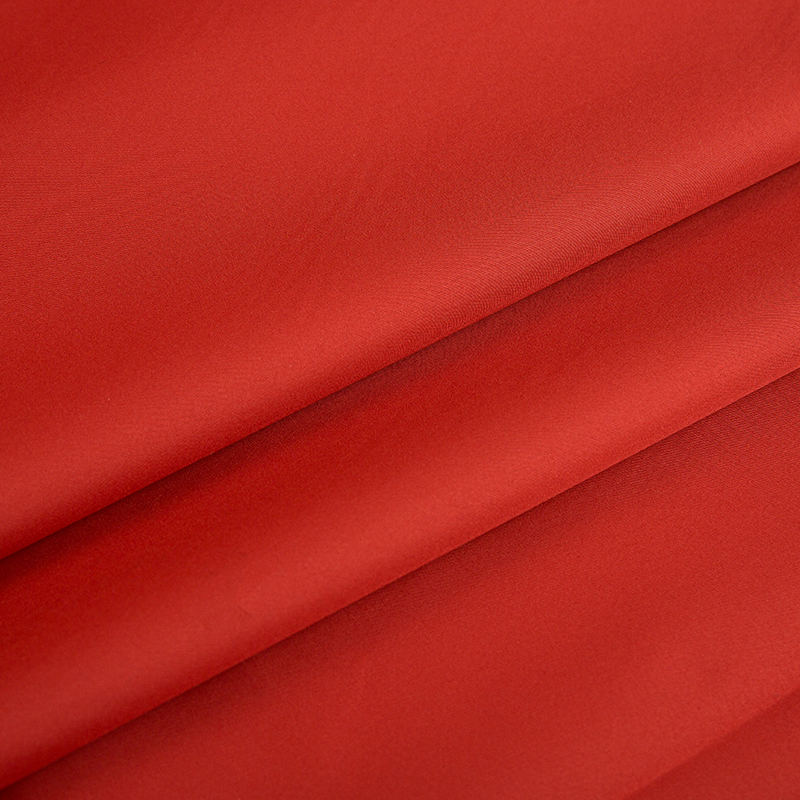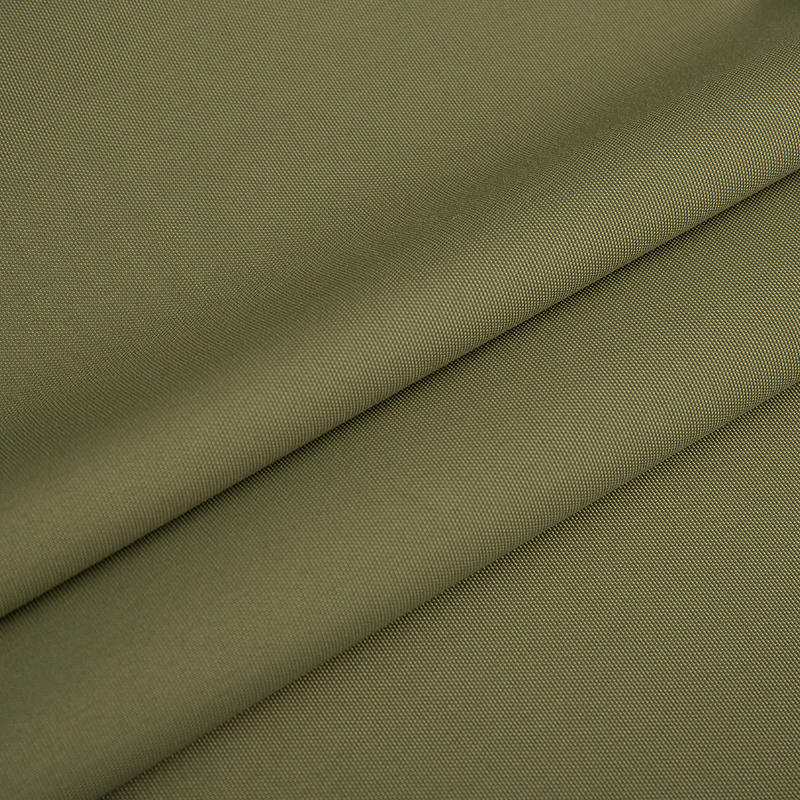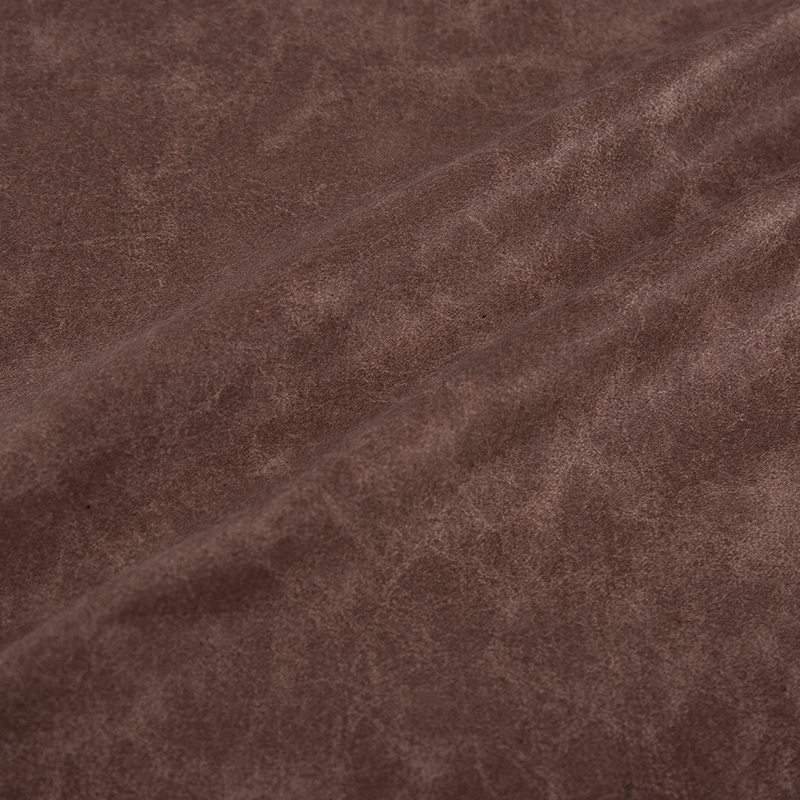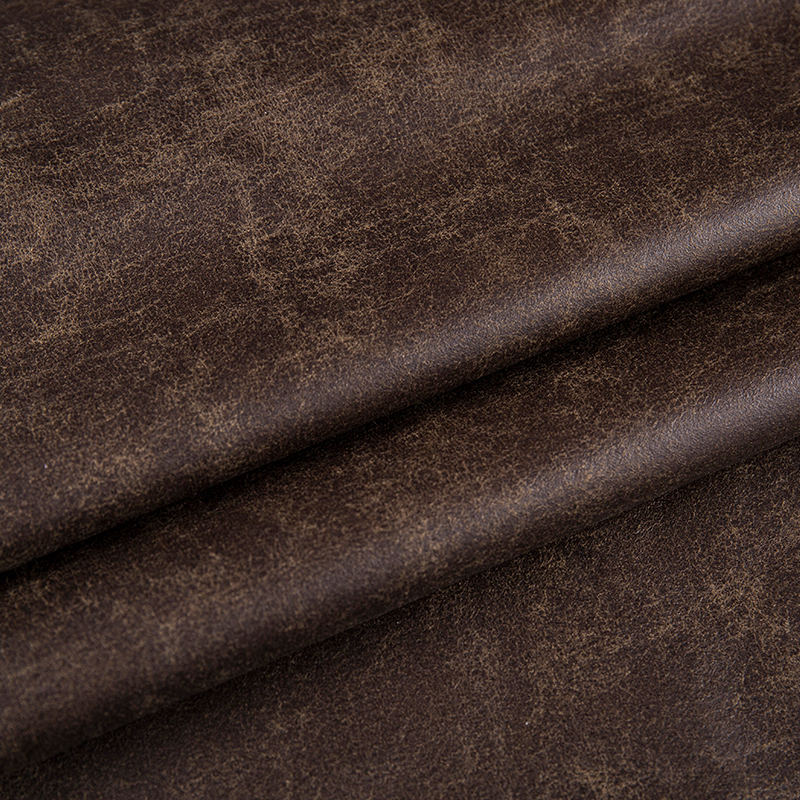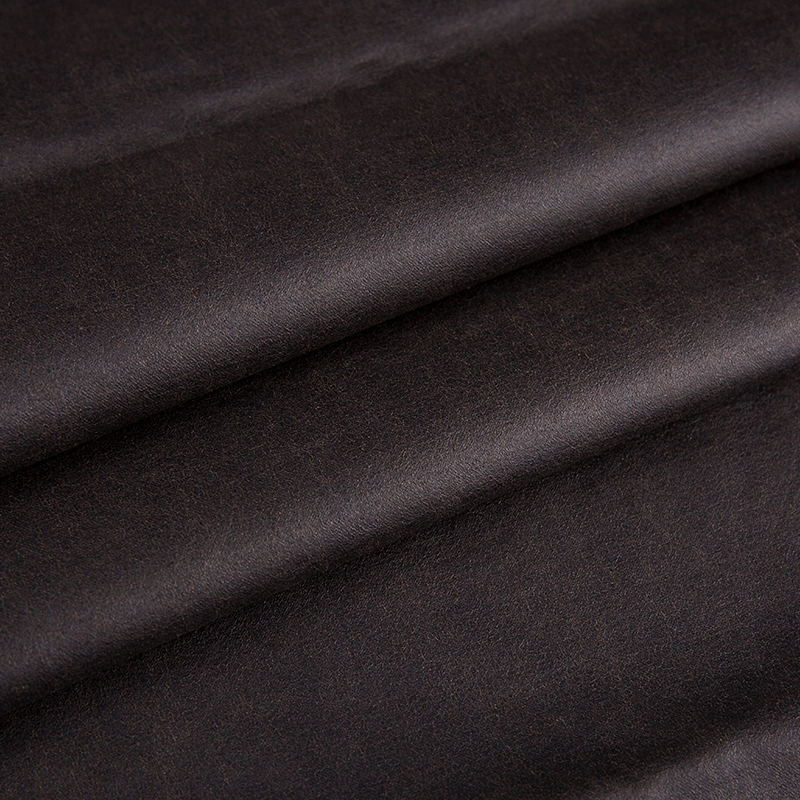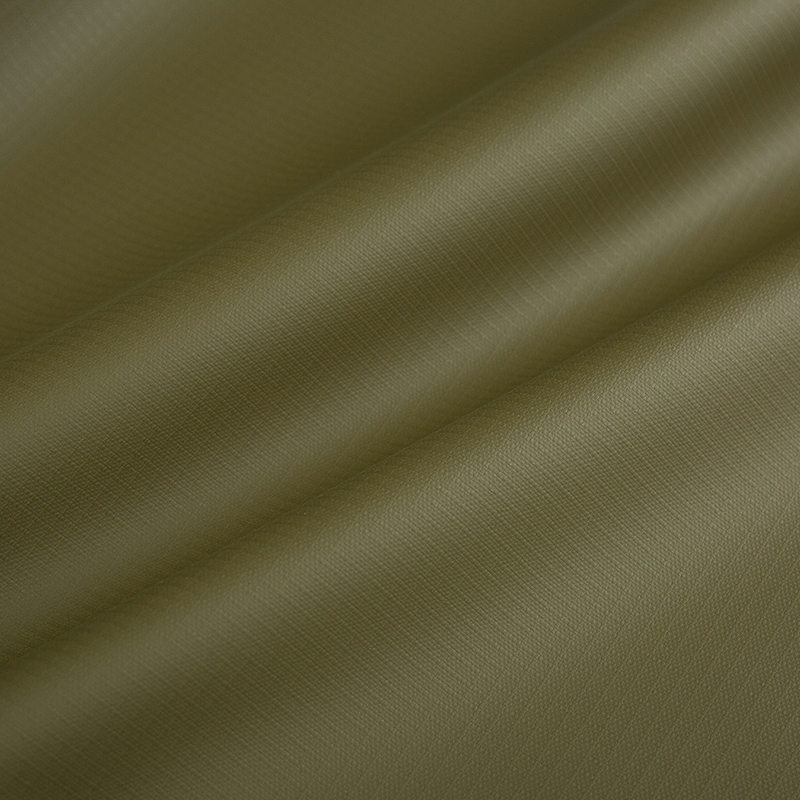Traditional polyester pongee fabrics are widely used in shirts, jackets and casual wear because of their light texture and smooth feel, but their inherent defects - easy to collapse and insufficient shaping - have always restricted their performance in the high-end garment market. Conventional polyester pongee mostly adopts plain or twill weave, relying on a single yarn density and finishing auxiliaries (such as resin coating) to barely maintain stiffness, but the addition of chemical auxiliaries not only affects the breathability of the fabric, but also gradually loses its effectiveness due to repeated washing, causing the clothing to deform and collapse in outline. The birth of 75D×150D double-line ribbed polyester pongee has fundamentally changed this situation. Through the dual innovation of yarn ratio and weaving structure, it achieves a balance between lasting stiffness and dynamic elasticity in a purely physical way, making it an ideal choice for business casual and light outdoor clothing.
The core advantage of the double-line ribbed structure lies in its asymmetric warp and weft design. 75D fine denier polyester filament is used in the warp direction to ensure that the surface of the fabric is delicate and smooth, avoiding the rough touch caused by coarse yarn; 150D coarse denier yarn is introduced in the weft direction to provide rigid support with higher fiber density. This "fine warp and coarse weft" ratio is not a simple superposition, but through the special interweaving method of rib structure, the coarse denier weft yarn forms regular protrusions inside the fabric, just like the invisible truss in the building, constructing elastic gaps in the longitudinal direction and forming pressure-resistant fulcrums in the transverse direction. When the fabric is stretched by external force, the telescopic gap of the rib structure allows moderate extension in the warp direction, and the high modulus characteristics of the 150D weft yarn can quickly offset the deformation force, so that the clothing will naturally rebound to its original state after the action ends. This dynamic response mechanism not only solves the problem of looseness caused by the lack of skeleton in traditional spring polyester spinning, but also avoids the stiffness of high-density plain fabrics, giving the wearer more free space for movement.
In terms of performance, the physical stiffness of double-line ribbing is significantly better than that of chemical finishing processes. Traditional stiffening treatment relies on resin or slurry to fill the gaps between fibers. Although it can improve the hardness of the fabric in the short term, it sacrifices breathability and skin-friendliness, and the additives will gradually disappear with washing. The stability of double-line ribbed polyester pongee is entirely due to its weaving structure. The physical support of the 150D weft yarn and the elastic recovery of the ribbed structure complement each other. Even after multiple machine washings, the fabric can still maintain its initial three-dimensional contour. This feature is particularly in line with the dual requirements of modern clothing for "durability" and "low maintenance" - without special care, clothing can maintain a neat version for a long time, meeting the dual needs of image and function in business commuting and outdoor scenes.
At the application level, the innovative structure of this fabric directly expands the use boundaries of polyester pongee. Traditional polyester pongee is mostly used for loose casual wear or lining due to its insufficient shaping power, while the double-line ribbed version is competent for items with higher cutting precision requirements. For example, in business casual suits, its micro-elastic properties can adapt to the muscle contraction during human activities while maintaining the smooth lines of the shoulder line and waist; in light outdoor windbreakers, the fluffy gaps of the ribbed structure can also lock the air layer, improving the lightweight warmth effect. This "one material, multiple functions" feature reduces the cumbersome process of using composite fabrics in clothing design to balance stiffness and comfort, reducing production complexity and cost.
The deeper industrial significance lies in that 75D×150D double-thread ribbed polyester pongee represents a "structure-first" research and development approach. The upgrade of chemical fiber fabrics traditionally relies on high-functional fibers (such as antibacterial, moisture wicking) or finishing technology, and this product proves that through the precise control of yarn combination and weaving process, even with conventional polyester raw materials, performance breakthroughs can be achieved. Its design logic has universal enlightenment: instead of chasing expensive new materials, it is better to reconstruct the organizational relationship of existing elements. This idea is particularly important for resource-intensive production-without increasing the cost of raw materials, the added value of products can be increased by process innovation alone.
Returning to the essence, the success of 75D×150D double-thread ribbed polyester pongee lies in its accurate capture of the market's demand for "invisible performance". Modern consumers are disgusted by the sense of restraint of traditional formal wear, and reject the sloppy impression of casual wear. This fabric, with its precise weaving language, constructs a contradictory unity of "softness with hardness" at the micro level. Its value lies not only in solving the pain point of soft collapse, but also in redefining the possibility of polyester pongee products - from basic functional materials to high-value-added textiles with both design flexibility and engineering wisdom.



